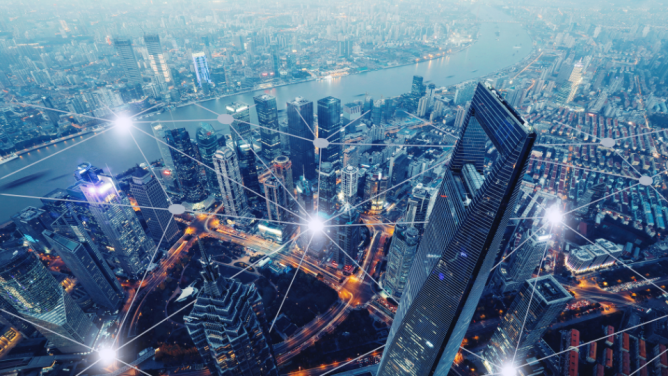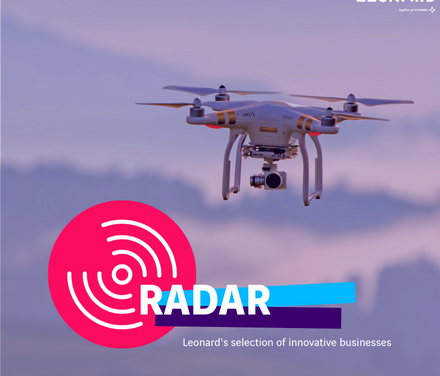or some, theornithopter, the flying machine inspired by bird flight, which Leonardo da Vinci designed in the fifteenth century, is a precursor. For its contemporary advocates, including the biologist Janine Benyus, nature should be considered as a “model”, “measure” and “mentor” . In recent years, some innovations have been explicitly inspired by nature, particularly in the field of photovoltaic energy.
At the Crossroads of Biology, Tech and Big Data
Today, more than half the world’s population live in cities; à l’horizon 2050, nous serons 70% ! by 2050, we will have reached 70%! For Olivier Floch, organizer of Biomim’Expo with Ceebios, “it is time for a paradigm shift and to take inspiration from nature so as to reconnect cities with the environment”. Biomimicry is already at work in various projects, such as the greening of infrastructure and flapping-wing drones. But the possibilities are immense! In cities of the future, the organizational intelligence of living organisms – fish schools, flocks of starlings, beehives or ant colonies – could inspire optimized algorithmic management of drones, autonomous cars and, more broadly, urban traffic flows. By studying and adapting laws and behaviors that govern the functioning of these extraordinarily highly organized groups, one can imagine a more efficient mobility.


